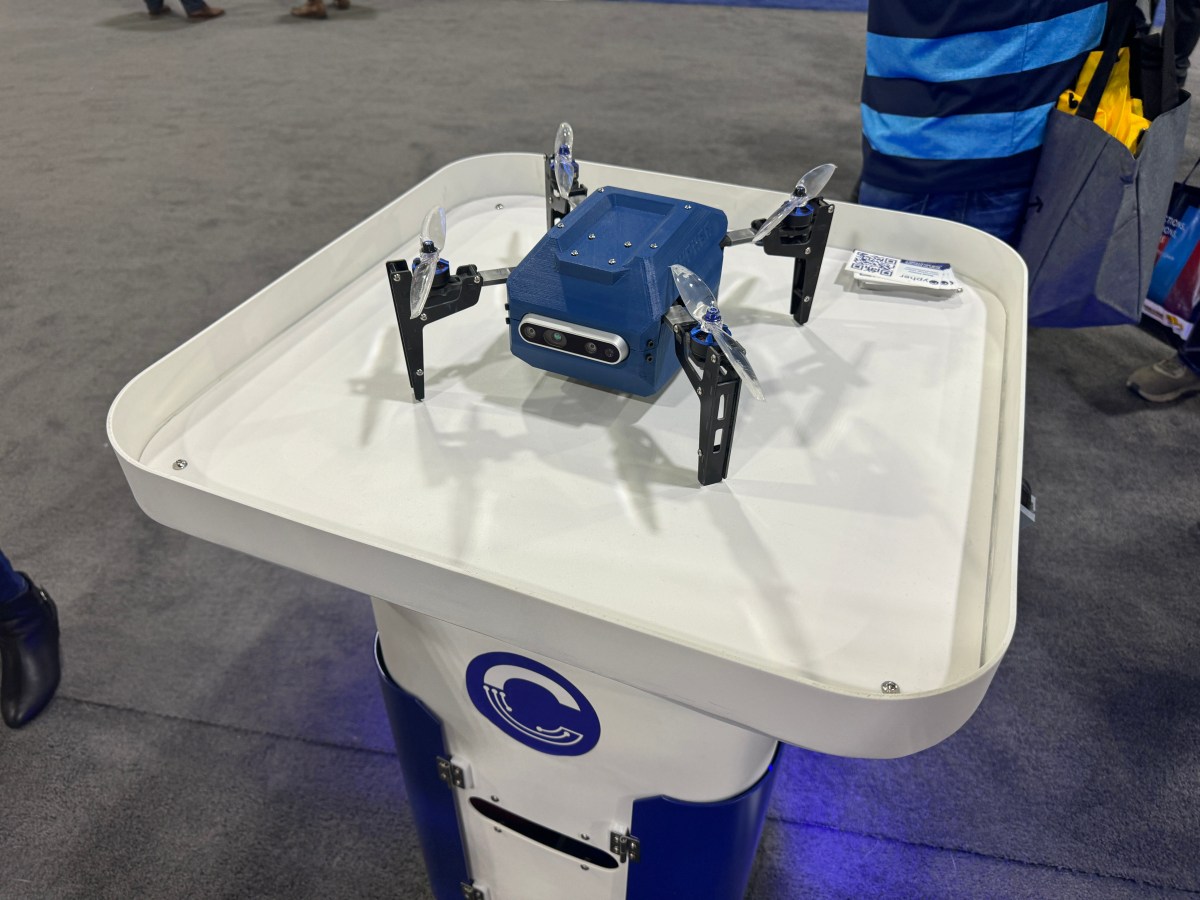Doing inventory sucks. I feel the need to reiterate this any time I discuss the topic here. Having performed a bit of it during my years of retail work, I can personally attest to the fact that it’s a mind-numbing bore. It is, therefore, a prime candidate for automation. After all, two of the main […]
© 2024 TechCrunch. All rights reserved. For personal use only.
Doing inventory sucks. I feel the need to reiterate this any time I discuss the topic here. Having performed a bit of it during my years of retail work, I can personally attest to the fact that it’s a mind-numbing bore. It is, therefore, a prime candidate for automation. After all, two of the main things robots are good at are counting and doing the same job over and over again without complaining.
The halls of Modex this week are lousy with solutions to the problem of inventory. It’s a particularly tricky issue when it comes to warehouses, due to both the big numbers that need to be catalogued and the (literal) heights that have to be reached to collect those figures. Recent years have given us drone solutions and Dexory’s massive AMR (autonomous mobile robot) with a telescoping scaffolding structure.
A new system unveiled by Cypher Robotics this week at Modex splits the difference. At its core is a tall (but not Dexory tall) AMR that serves as a launching and landing pad for a drone. The idea is pretty simple: The mobile platform moves the across the warehouse floor, and then the drone takes off, giving it a lot of vertical reach.
I encountered the drone at GreyOrange’s booth. The Indian robotics firm has been increasingly embracing third-party robotics in its bid to fully automate warehouses. The company tells me the Captis robot was added to its offering at the behest of a customer who needed cycle counting, which involves cross-checking inventory records with what’s actually on the shelves.
You can’t really see it from the image I took, but the drone is actually tethered to the inside of the AMR platform. When it lifts off, it exposes a hole with the cable inside. Hard wiring means you can eke out far more battery life than untethered systems. The Ottawa-based firm says the drone can operate for up to five hours before needing to return to the base for a recharge.

Leave a Reply